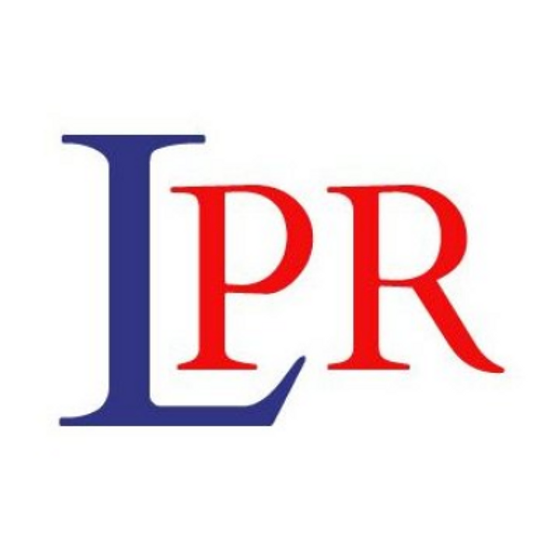The insurance industry has been talking about automation for years, but the conversation is no longer theoretical. Today, leading re/insurers are deploying automation tools with urgency and precision, and the benefits are finally being quantified in terms of time saved, errors reduced, and workflows transformed.

The shift is being driven by a combination of regulatory pressure, operational inefficiencies, and the increasing complexity of global insurance operations. But rather than pursuing flashy, all-encompassing transformation projects, many firms are opting for focused automation efforts that deliver tangible value in short timelines.
Take, for example, an international specialty insurer recently facing the challenge of achieving full Sarbanes-Oxley (SOX) compliance across four distinct US-based entities. Each business had a different level of maturity in terms of documentation and internal controls, making a one-size-fits-all approach impossible. Rather than throw resources at the problem, the insurer implemented a lean, strategically phased automation and audit readiness programme.
By combining mock audits, structured interviews, and risk assessments, the firm identified high-risk areas and embedded automation to support financial reporting and access management controls. A rapid readiness assessment was completed in just two weeks, and full SOX compliance was achieved within 18 months – significantly ahead of industry norms. Just as important, the programme delivered sustainable improvements, including automation tools to monitor compliance over time, improved documentation, and upskilled internal teams.
This is a clear example of automation supporting compliance, but the same principles are also being applied to operational areas like finance and claims reconciliation.

Another organisation, a fast-growing global risk exchange, recently automated a previously manual journal creation process tied to its virtual payments network. As the company expanded across the UK, Europe, and North America, its finance team faced a daunting weekly task: manually extracting data, transforming it into journal entries, and uploading it to their accounting system. It took multiple subject matter experts several hours each week, a bottleneck that couldn’t scale with the business.
Automation changed the game. By integrating directly with the payments platform’s API and deploying a robotic process automation (RPA) bot, the company eliminated manual extraction and transformation entirely. The process now runs automatically before the start of business, validating data and emailing results to finance staff for sign-off.
The result? A 45% reduction in processing time and a complete reallocation of full-time employee (FTE) hours to higher-value tasks. Moreover, automation reduced the risk of manual errors and strengthened data security, a growing concern in a digital-first operating environment.
What both examples show is that successful automation programmes share several key characteristics: they are pragmatic, not flashy; they deliver measurable savings, not just potential; and they are deeply embedded into the existing technology stack, rather than attempting wholesale system replacement.
Integration remains one of the biggest challenges. Many insurers still operate a patchwork of legacy systems, each with its own data standards and interfaces. Rather than rip and replace, leading firms are using APIs and middleware to build automation capabilities that complement, rather than compete with, legacy infrastructure.
For example, in both the compliance and finance cases above, automation was layered onto existing platforms. This approach enabled quick wins, avoided disruption, and provided a stepping stone for broader digital transformation initiatives.
Looking ahead, automation in insurance isn’t just about innovation for the sake of it – it’s a practical response to rising demands for efficiency, risk reduction, and sustainable growth. While technologies like RPA, low-code tools, and AI validation are becoming the norm, the real transformation is cultural. Automation is now a shared capability spanning operations, finance, compliance, and more; breaking down silos, connecting functions, and enabling re/insurers to scale, adapt, and thrive with greater agility than ever before.

Meet our expert
Name: Kristy Lovegrove
Job title: Group Head of Technology and Digital Services
Get in touch
To speak to the Pro Global team please feel free to reach out to us at:

Lysander PR
To contact our PR team directly please use the link below



 View Previous
View Previous 